When you’re living in 450 square feet of space, every spare inch is precious potential to achieve the chic NYC apartment of your dreams. Here are 10 low maintenance plants to help spruce up your pad.
Aloe
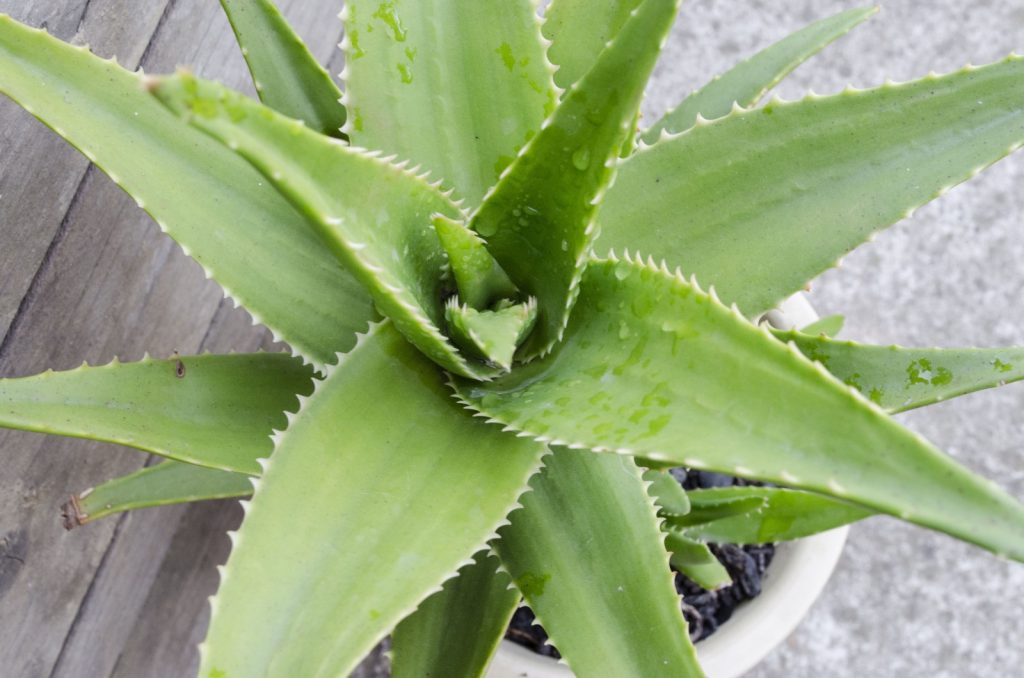
The aloe plant can grow up to three feet in height, so be sure to opt for the smaller variety (aloe vera) for your studio apartment. The second best thing about having an aloe plant is that you only have to water it once a week. Even if you forget about this little guy, aloe stores water in its leaves and can survive for extended stretches on little to no water. The first best thing about aloe? Having your own sunburn medication supply in preparation for the summer.
Jade Plant
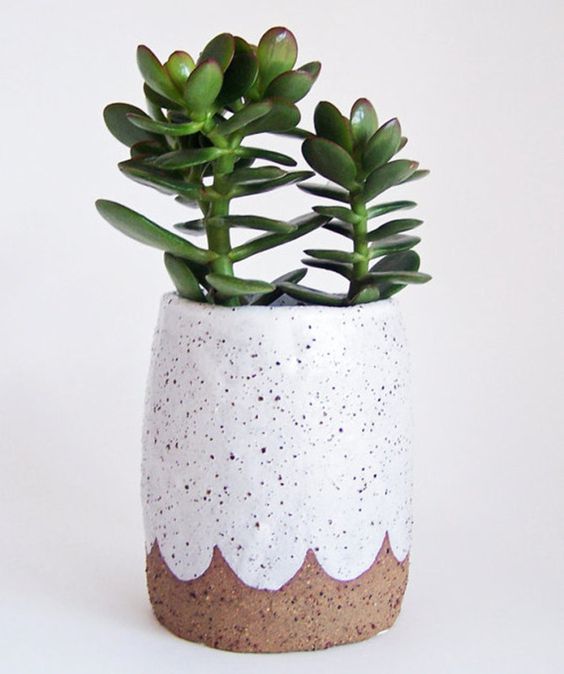
Because the jade plant is a succulent, it’s very low maintenance, requiring only partial or indirect sunlight and is nearly impossible* to kill. Put a jade plant in a large pot with other succulents and create a mini in-unit (virtually immortal*) garden.
*do not overwater!
Spider Plant
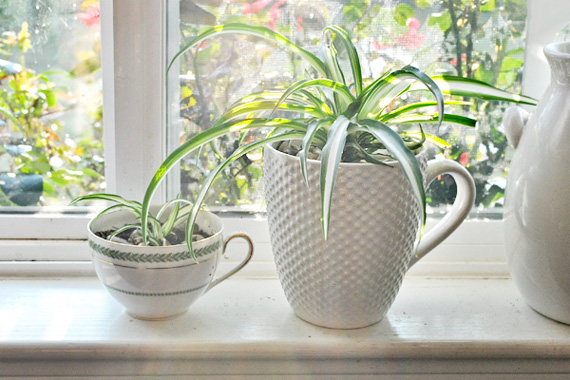
One of the easiest houseplants to care for, spider plants require medium light and thrive at room temperature, with slight moisture in the soil. Maximize your space by hanging these plants in any semi-sunny spot in your apartment.
Philodendron
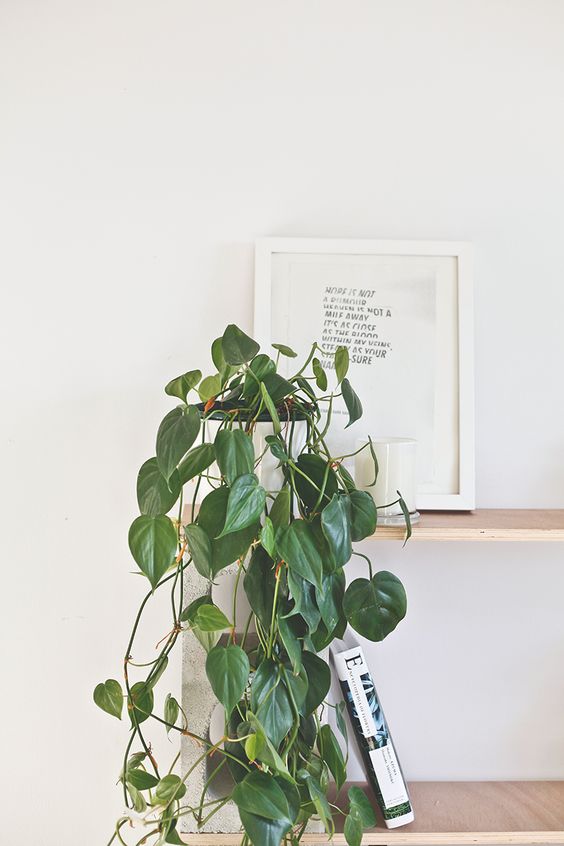
There are many different sizes, shapes and coloring within the philodendron family, but regardless of the variation, they are able to survive neglect and adverse conditions. The heart-leaf philodendron (pictured above) is more suited to vertical living and will trail stylishly down your mantle or bookshelf. If you’re fortunate enough to have a somewhat large, sunny corner in your apartment, the split leaf philodendron (pictured below) will lend your apartment a tropical feel, just in time for summer.
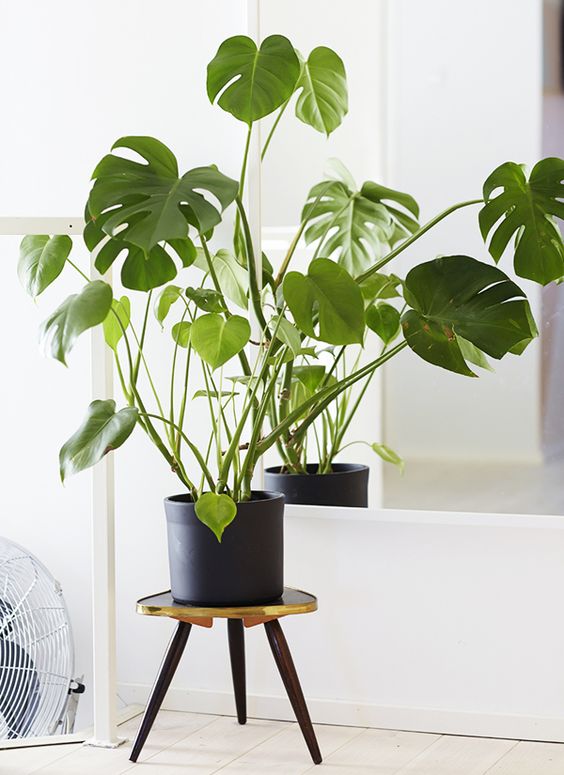
Snake Plant

The snake plant is perfect for those sometimes gloomy ground-floor apartments as they can survive at very low light levels. In addition to withstanding drought, they’ve been shown to keep the air inside your apartment clean and free of toxins such as formaldehyde, a common ingredient in cleaning and other personal care products. Like your long-forgotten National Grid bill, this plant can be neglected for weeks at a time.
Cast-Iron Plant
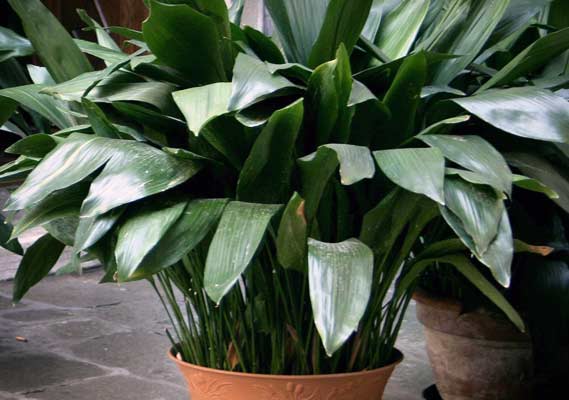
Another ideal choice for apartments with low light, the cast iron plant is able to withstand neglect, low humidity and a wide variety of temperatures. As long as you use a higher quality potting soil, this plant can survive your forgetfulness.
Rubber Tree
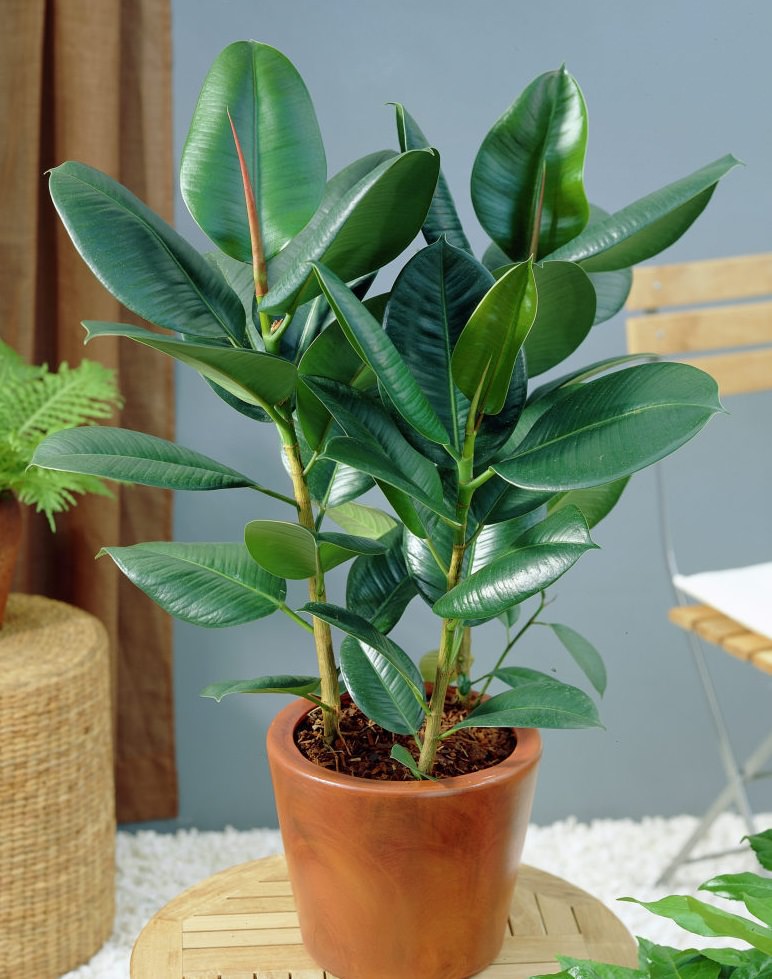
Aside from being easy to grow, the rubber tree plant can be as large or as small as you’d like. Prune long stems and keep in a smaller pot for more of a shrub shape, otherwise this sucker can reach up to eight feet! Just plant in a container with proper drainage and you’re good to grow.
Shamrock Plant
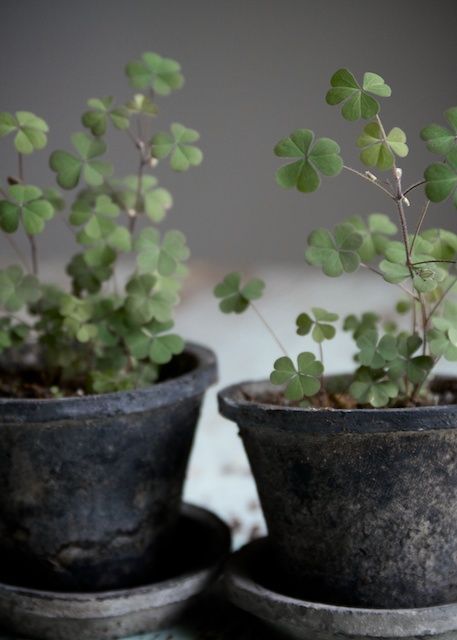
A windowsill is the perfect spot for the shamrock plant, as it will get several hours of light each day but won’t be constantly fried. Rather than worrying about when to water, try placing the pot in a shallow dish of water while it’s actively growing. Allow the soil to dry out slowly when it begins to look less perky. If the leaves or white flowers turn brown – don’t panic! You didn’t kill it, we promise. Just pluck the brown leaves off and wait for them to regenerate.
Echeveria
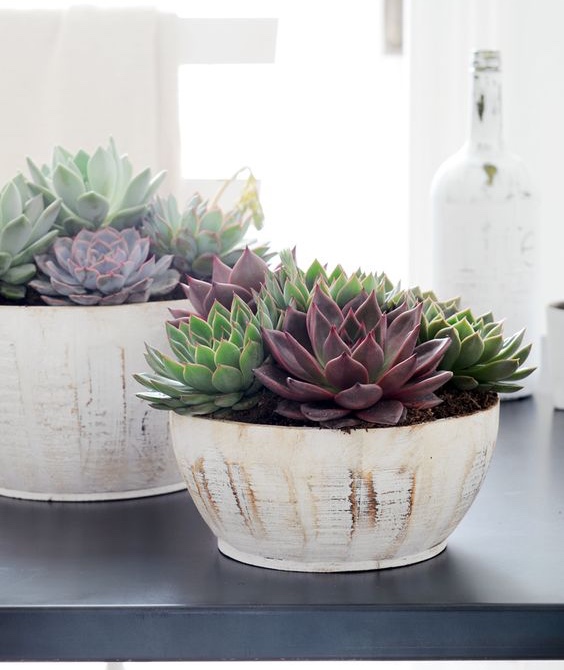
The echeveria are those beautiful succulents you eye every morning at the Union Square farmer’s market but have never actually pulled the trigger on buying. Well, today’s the day! As long as you keep the soil moist (taking care to water around the bloom and not directly onto it), this little baby will sit proudly in your window, affirming your newly-discovered green thumb all year-round.
Inch plant
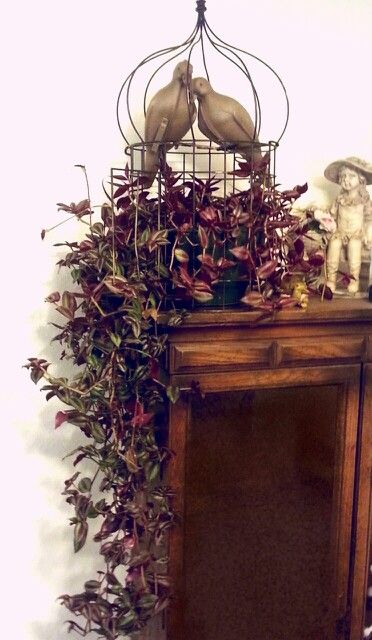
Similar to the heart-leaf philodendron, this flowering plant has vines that look great trailing off mantles or shelves. Although the plant can grow in dim light, its leaf markings will fade under such conditions. Water completely and let drain thoroughly before returning the plant to its drainage saucer.
Related:










